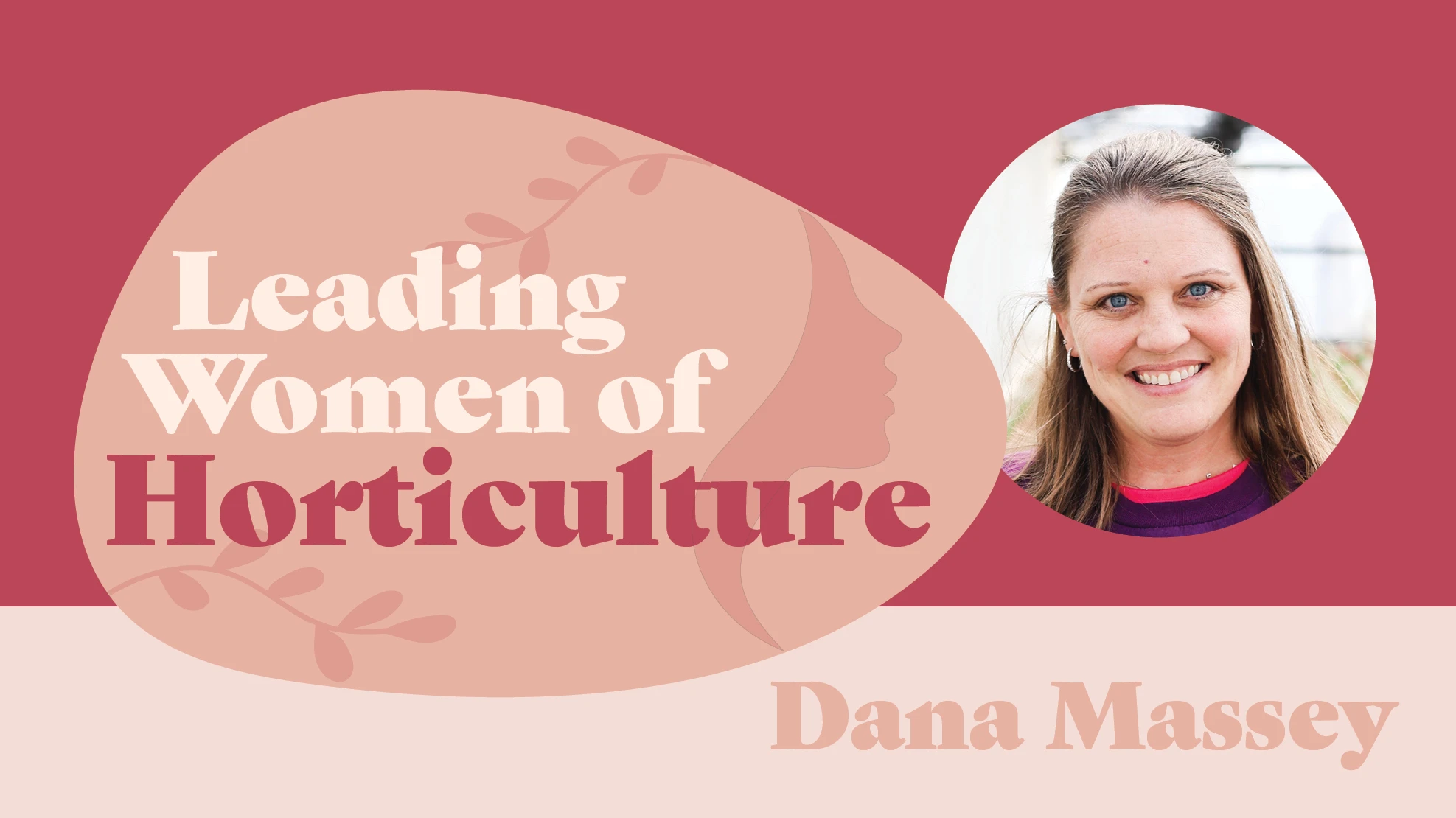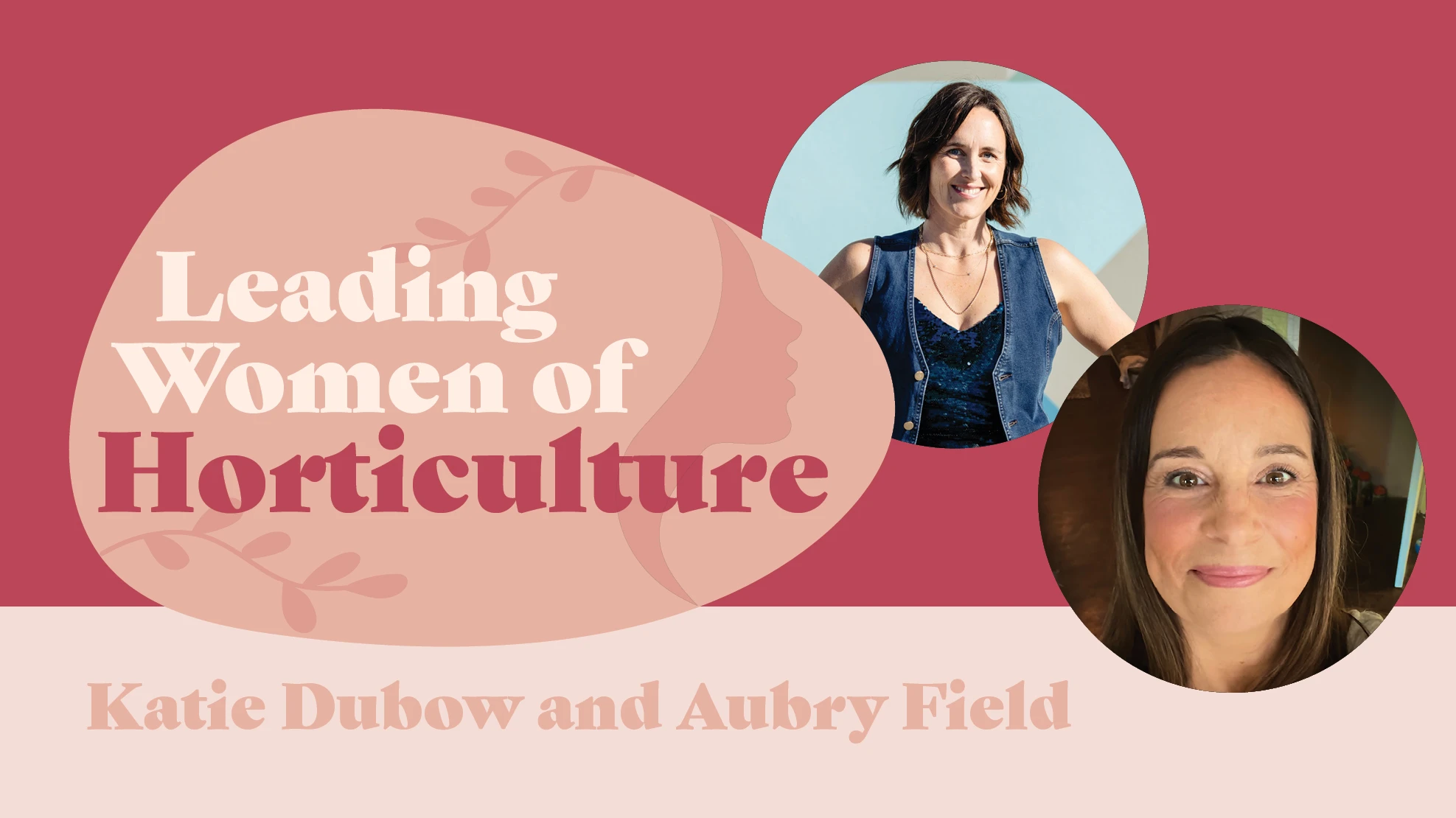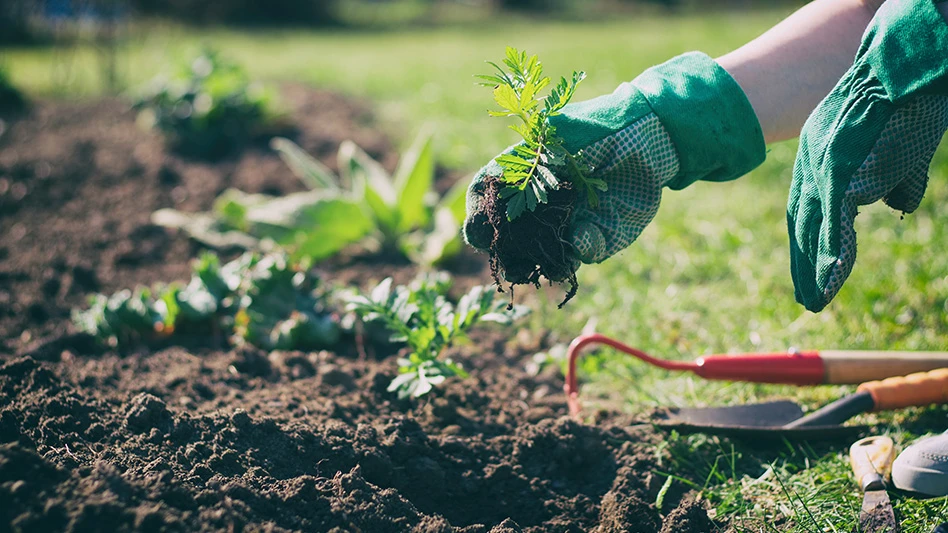

Many customers want to use gentler products that won’t interfere with the earth’s natural flora and fauna, and now, many want to shop at businesses with values that align with their own. Garden Center spoke to three companies with missions to nurture plants by providing organic and sustainable products.
Widening demographics
Ann Molloy, sales director at Neptune’s Harvest, says that customers are more educated now than in previous years, citing home gardeners’ demands for humate products — once a niche, bulk product that only organic farmers knew about. So, Neptune’s Harvest responded by developing a liquid humate product in smaller packages.
“It’s taking the very best of a compost pile and making it into a liquid concentrate. I've had a humate product for years for farmers, but never consumers,” she says. “People didn't even know what humate was 10 years ago. They're much more aware of all the organic products that are out there.”
Offering organic products is at the heart of Neptune’s Harvest. Now in 2022, interest in organics has surged more than ever before. According to Molloy, customers are much more environmentally cautious and aware, and she’s noticed a “big, wide awakening” of people distancing themselves from chemicals and moving toward organic.
“People are realizing the detriments of putting synthetic fertilizers out in the soil and that the organics help the soil stay healthy, drain better and retain moisture so that you use less water,” she says.
Neptune’s Harvest sells directly to growers and retailers, and while their main customer base used to be farmers, the scales have tipped so that they sell more retail, she says. According to Molloy, the company’s fish and seaweed blend is its best-seller, followed by its crab and lobster shell blend.
“The crab shell blend has so many benefits to it,” she says. “You just mix it in the soil once a year before planting, so it goes a long way. You don't have to keep buying it every year and it's reasonably priced.”
Organics for indoor & edibles
Molloy also shares that Neptune’s Harvest’s rose and flower mix and tomato and vegetable mix have grown in popularity in recent years. At The Espoma Company, John Harrison, vice president of marketing, has paid close attention to market trends and shares that because the pandemic drove people indoors, it also convinced people that growing their edibles and indoor plants was even more critical.
“People want their indoor environment to be beautiful, and indoor plants are a big part of that. The biggest trends we see there that started, even pre-COVID, was the interest in succulents and cactus,” Harrison says.
Espoma offers an extensive indoor line of organic and outdoor products. But there’s an opportunity when it comes to the indoor market, he says. Customers’ perceptions of plants have long changed, Harrison points out.
“Back then, when people thought about cacti, they thought about the golden barrel cactus; when they thought about succulents, they thought of aloe vera, he says. “Now, there's probably 10, 12, 15 different types of aloes that have all kinds of different growth habits that people are starting to explore and discover. So that’s been a huge trend, and houseplants have been a part of that too.”
According to Harrison, the houseplant and indoor plant product categories offer IGCs a unique opportunity to tap into the younger demographic.
“Lawn and garden care tends to start when people buy homes. Indoor plant care begins with your first apartment, maybe even your first dorm room and it starts to introduce plant care at a different point in people's lives. And if IGCs can present themselves as the destination for plant care products they may build a lifetime customer,” he says.
Giving back
We The Wild, like Espoma and Neptune’s Harvest, has a mission to provide sustainable plant care products. Founder and Director Joshua Armstrong started the company to empower people to connect with nature through their potted plants at home. He pursued organic avenues when he realized how traditional fertilizers were made — with chemicals and unsustainably mined minerals.
“For four years, I sought out experts across the globe to understand why this makes it harder to care for our plants, and what we can do to get better results, without the use of dangerous chemicals. I discovered the power of microbes,” he says. “It was a light bulb moment for me; if we could bottle the power of the ecosystem, we not only make it easier for beginners to grow thriving houseplants, but we also can educate them about why their plants are thriving ... because they are growing closer to how they would in nature.”
Armstrong shares that, in the beginning, the company’s first bottles were hand filled in their living room, but within 12 months, they grew to 400 stores across Australia.
“This pace of scale meant a dramatic increase in production (with millions of earthworms munching green waste that we divert from landfill). We had to navigate running a fast-growing startup in a world locked down by COVID-19; it taught us to expect the unexpected, and to always have a plan B, C, D, E and F,” he says.
Sourcing organic ingredients was essential to Armstrong so that consumers could feel safe and confident about the products they used in their homes — particularly in a shift where people are seeking integrity and authenticity from retailers, he says. While We The Wild is based in Australia, the company launched into the U.S. market in 2022 and sells in nearly 200 IGCs, gift stores and grocery outlets. In addition, consumers can buy directly online as well as wholesale.
“Often, we see that our customers will start buying online, but then top up in store when they're buying plants. Our e-commerce strategy builds awareness for our wholesalers, and drives trial of our products; so, it's a win-win,” he says. “Our products shift plant care out of the aisle and next to the houseplants, so that they can make the most of the upsell opportunity.”
Giving back and supporting sustainability initiatives is a core tenet of We The Wild, and the company often tries to provide support in areas that lack such efforts.
“Traditional fertilizers and pesticides have decimated the topsoil in some of the most fragile ecosystems in the world. Most often, it is the places that don't have strong government support or are ridden by poverty that suffer the most,” he says. “We believe that businesses of every size can make a difference as they grow, not after they are successful. That's why we plant trees in places like Madagascar and Brazil — to make the most impact.”
Harrison also agrees that creating a sustainability system is essential because consumers want to support products and businesses that align with their values — especially the younger demographic. He says that Espoma is entirely solar-powered, has a zero-waste manufacturing plant and regularly gives back to communities by supporting local gardening efforts.
Building a foundation
Espoma, located in Millville, New Jersey, has been an organic retailer since its launch in 1929 and has come a long way from its humble roots.
“For a very long time, we were a single product company. It was an all-purpose plant food. People could use it anywhere,” says Harrison. At first, Espoma’s customers were municipalities and large estates, but after World War II, “the lawn and garden industry as we know it today was born,” he says.
“The GIs came home, they went to school and they moved out to Levittown and Levittowns all over the country,” Harrison says, referring to Levittown, New York — famous for being the first American suburb, and many of which like it that erupted across postwar America. He says that these new suburbanites needed a place to shop for lawn and garden products, fertilizers and vegetable plants.
“We were right there for it and we're proud of our heritage. We've always been an organics company because we are firmly committed to the belief that organic products are the best way to grow a plant,” Harrison says.
Over in Massachusetts at Neptune’s Harvest, a division of Ocean Crest Seafoods, the organics market was a natural — and sustainable — direction for the parent company to take. Founded in 1965 in Gloucester, it wasn’t until the 1980s that Ocean Crest Seafoods broke into the organic fertilizer market, says Ann Molloy, sales director. She says that all the fish they catch are caught offshore in the “cold, dark, mineral-rich waters of the Atlantic Ocean.”
“When you fillet a fish, 30% to 40% is the fillet and 60% to 70% is left over. When we went into business, this portion of the fish was being used for pet food at a local Gloucester company, and they went out of business,” she says. “At that point, in the ‘80s, we were forced to pay fishermen to take the fish remains (which we call “gurry”) back out to sea and dump it. It was very expensive; it was wasteful, and it was bad for the environment.”
Ten years and $1 million later, they were able to develop the gurry into a line of organic fertilizer products with the help of the University of Massachusetts’ marine station. With these fertilizers, they could offer an organic option to young gardeners at a time when there weren’t many organic options out there, she says.

Explore the October 2022 Issue
Check out more from this issue and find your next story to read.
Latest from Garden Center
- Brand Spotlight: Growing Sweet Success in Small Spaces with Butterfly Candy™ Buddleia
- Super Charged Moon Juice from Moon Valley Nurseries now available nationally
- 2025 Proven Winners Horticulture Scholarship applications now open
- Leading Women of Horticulture: Anna Ball, Ball Hort, and Terri McEnaney, Bailey Nurseries
- Dümmen Orange North America celebrating 25th anniversary in 2025
- Illinois Landscape Contractors Association changes name to Landscape Illinois
- Leading Women of Horticulture: Arden Pontasch, North Creek Nurseries
- Spring Meadow Nursery's Freedom Shelley finds joy in plants





